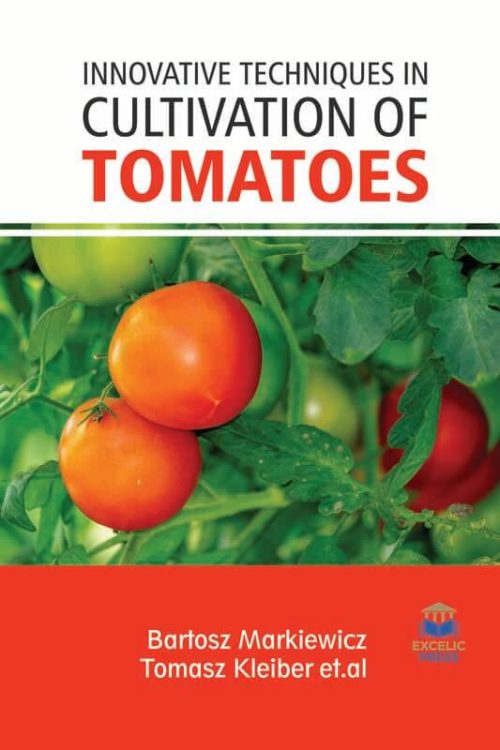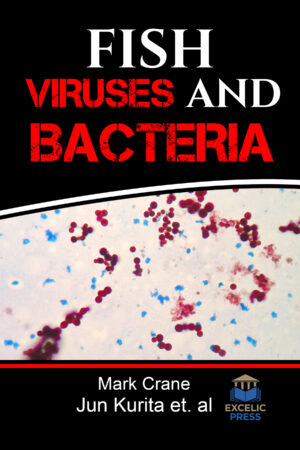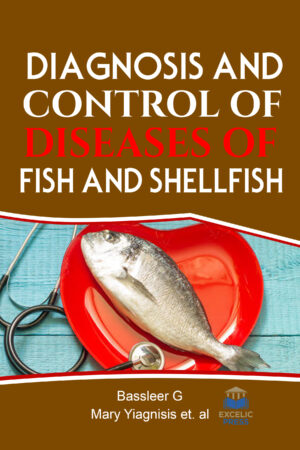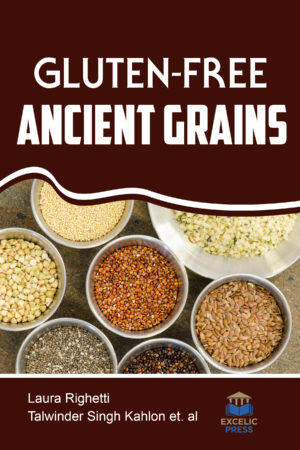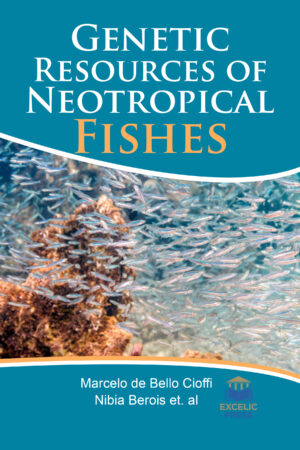Description
Tomato is a potential horticultural crop for cultivation due to its high economic value. The tomato (Solanum Lycopersicon L.) was originated in South America and is the second most important vegetable in economic importance and consumption in the world, second only to potatoes. Bioactive substances such as carotenoids (lycopene, ?-carotene, and lutein), phenolics (flavonoids, phenolic acid, and tannins), and vitamins (C, E, and B) are obtained by the in natural consumption of fruits. These compounds positively affect health for having anti-inflammatory and anticancer effects and preventing chronic diseases (obesity, diabetes, coronary heart disease, and hypertension).
This book covers state of the art techniques of tomato breeding, and the development of improved varieties with anticipated traits like drought or pest resistance. The book starts with the study that aims to evaluate the effect of an application of increasing manganese (Mn) and boron (B) concentrations added to a nutrient solution on the yielding, the content of macro- and micronutrients in tomato leaves and fruits. Next, it focuses on seed germination in tomato breeding for insect-pest resistance. It also enlightens to tomato production with cover crops in the greenhouse and a multivariate approach to the morpho-agronomic characterization of tomato plants and fruit. In general, the pyrotechnical characterization of plants and fruits of different tomato genotypes is carried out by tests that distinguish the pyrotechnical characteristics using only analysis of variance and mean comparison tests. Studies on the existing relationship among pyrotechnical characteristics, among genotypes, and within genotypes are deficient in the scientific literature. Therefore, the proposed inferences are somewhat superficial.
There are microbes that are beneficial to plants. Among these, rhizobacteria, which functions as plant growth-promoting rhizobacteria (PGPR) such as Pseudomonas spp. and Bacillus sp. can serve as fertilizer. The last 30 years have seen a greater public and research interest regarding the antioxidant properties of tomatoes and human health benefits. On the other hand, tomato accumulates large amounts of nitrate like most vegetables. Ingested nitrate is converted in saliva and gastrointestinal tract to the more toxic nitrite.
Nitrate ions in food are due to the addition of nitrogen fertilizers, decaying plants, and animal manure application to agricultural soils and other organic residues or food additives in canned vegetables. Human and animal exposure to nitrate is exogenous (originating from outside an organism), which mainly occurs from the intake of vegetables and other foods. This book intends to assess the effect of biochar and animal manures on tomato yield and test the impact of soil amendments on tomato fruit composition (nitrates, vitamin C, total phenols, and soluble sugars). The book also focuses on the following themes: grafting and cost implications, rootstock selection and tomato grafting against root-knot nematodes grafting techniques and requirements and graft union formation, fruit quality of grafted plants, and screening of rootstocks against root-knot nematode and identification of markers linked to Mi gene in rootstocks. Tomato rootstock breeding efforts, if coordinated properly, can lead to the production of rootstocks, which can be adapted to specific environments and abiotic stresses. This book will appeal to students and practitioners working in the associated field and, moreover, may provide new concepts and starting topics for future researches.

